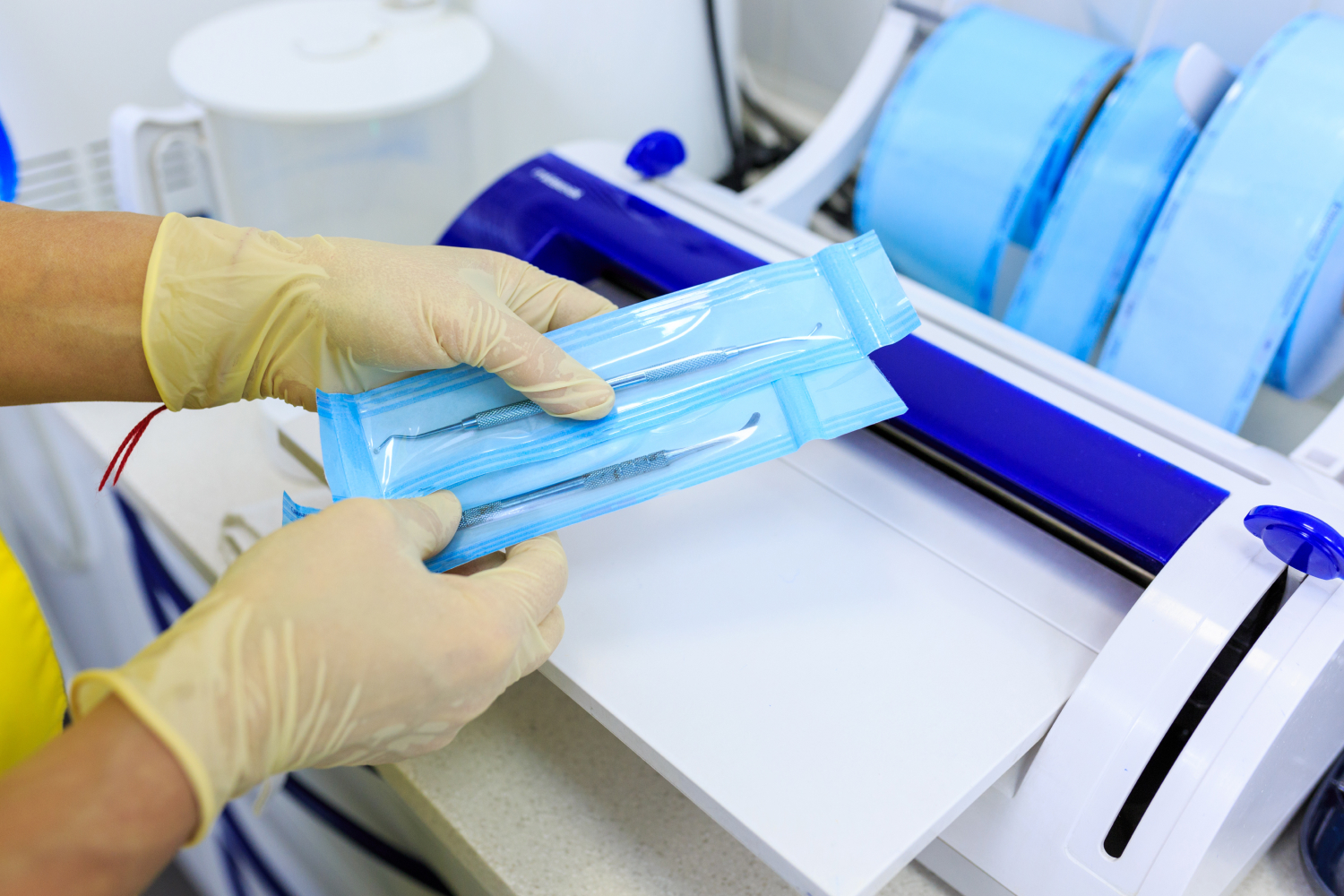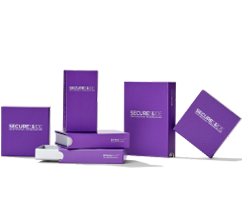
Medical Packaging Special Requirements
Packaging standards are sky-high for a reason in the medical, healthcare, and pharmaceutical industries.
From the most basic over-the-counter medications to the costliest treatments and high-tech devices, manufacturers and supply chain partners must practice extreme caution and care with packaging at every stage.
These packaging requirements might seem excessive for those outside the industry or brands looking to break into the scene.
However, with a closer look, such standards are created and upheld for good reasons, and compliance can be achieved with the right approach.
Let’s explore the many medical packaging special requirements in effect today, and see what manufacturers are doing to meet strict standards.
We’ll also offer a few healthcare packaging and pharmaceutical packaging solutions for companies looking to make their mark with high-quality, innovative products while staying on the right side of regulations.
What Is Medical Packaging?
The medical and healthcare industries are vast, comprising dozens of smaller categories of products and services. Therefore, medical packaging is a broad term encompassing hundreds of different product types used in all facets of healthcare service.
To keep things simple, we’ll refer to medical packaging as the safe and effective containment of any product in the medical sector, ensuring proper shipping, storage, and application for the end user.
As we explore the wide range of standards and regulations in this space, remember that different categories have distinct rules and may change from one region to the next.
Knowing this, let’s see what product types, packaging formats, and materials are used in the medical industry before entering specific requirements and regulations.
Product Types
The first thing that comes to mind when discussing medical packaging is the distribution of medical devices. While this only represents a small piece of the medical market, the term is often used synonymously with medical packaging and is first on our list.
Medical devices include technologies and equipment used for everything from diagnosis and monitoring to treatment, rehabilitation, and prevention.
These can range from simple, mass-manufactured single-use items like cotton swabs all the way up to surgical instruments and laboratory equipment installations costing six figures and up.
Consider a simple medical product like a vaccine and how many extra product types are required to administer the medicine at scale safely.
Healthcare providers need cleaning and sanitation supplies, personal protective gear, clean syringes, disposal equipment, vials, adhesives, bandages, films, and wraps. That’s just one example in a vast and ever-expanding medical industry.
Devices account for significant market share and present packaging challenges due to delicate construction and cost, but they’re only a piece of the puzzle.
The over-the-counter drug and pharmaceutical industries are giants of their own and bring about new obstacles for suppliers and distributors to navigate.
Add to this the complications of human blood, live organs, and other items that must be processed with utmost care and attention. There’s no shortage of difficulties that the medical industry faces with packaging.
Packaging Formats
As we start exploring medical packaging requirements, we’ll see a singular packaging format is uncommon in this industry.
In other words, sensitive materials like devices and drugs require multiple layers of packaging to meet regulations and endure the entire supply chain while remaining intact and fully effective.
Therefore, packaging formats in the medical industry are often complex and tiered, utilizing both rigid and flexible formats with plenty of adhesives, support materials, and cushioning to ensure the integrity of critical products.
With that said, here are some of the most common packaging formats seen in the medical industry today:
- Blister packaging for OTC drugs that protect individual units
- Clamshell packaging for consumer medical devices like thermometers
- Rigid plastic twist containers for everyday prescription medications
- Stand-up pouches and exit bags for compound pharmacy supplies
- Refrigerated styrofoam packaging for time and temperature-sensitive items
- Rigid paperboard and cardboard containers for retail access
- Flexible Mylar bags with special inserts to keep devices in place
- Liquid or oil dispensers with precise push or twist mechanisms
This is just a fraction of the many formats commonly used in medical packaging, and new ones are introduced to the fold frequently.
Packaging Materials
With so many packaging formats in the medical world, it’s no surprise that materials have just as much variety.
Suppliers take advantage of rigid plastic containers often but use various paperboard and cardboard materials to serve as an outer layer for shipping.
Inside these boxes, more customized layers of flexible packaging are often used to provide stability and barrier properties around the devices and drugs.
Mylar bags are increasingly common for over-the-counter drugs and cannabis goods, while online pharmacies use specialized polymer mailer units with bubble wrap and other protective elements.
It’s not uncommon to see ten or more different materials used to package a single medical device, especially as equipment becomes more specialized and expensive.
What Medical Packaging Requirements Should You Know?
With an overview of the medical packaging field and its demands, let’s look into the requirements that today’s brands and suppliers must meet with each product.
Medical Devices and Equipment
According to the FDA, medical devices must be labeled with identification statements, name and place of business, content weight and count, and any relevant warning labels.
The packaging materials must ensure the sterility of the medical devices and go through strict testing to validate their ability to withstand travel and any environmental hazards.
Packaging may also require a hermetic seal designed to prevent the entry of external gases, oxygenation, and fluctuations in temperature.
Packaging validation processes are outlined in ISO 11607, including the specifics of materials, barriers, and packaging systems assembly.
Prescription Drugs
Since the primary packaging of prescription drugs typically involves rigid materials like polypropylene or HDPE, the requirements for packaging are less involved than medical devices.
Still, pharma companies must be precise with their packaging design and how they label these products. They typically use third-party organizations to keep track of these requirements to avoid compliance issues.
Drug labeling requires a clear summary of the label information, product names, approval dates, limitations statement, usage indications, recent changes, and a boxed warning.
Lids, caps, and stoppers must be firmly affixed to each bottle or dose vial, as well as tamper-evident mechanisms that ensure the safety of each product.
Over-the-Counter Drugs
Labeling requirements for OTC drugs are comprehensive, though the requirements for sealing and protecting these drugs tend to be less strict than devices and prescription drugs.
For instance, a bottle of aspirin or a blister pack of allergy tablets must be tightly sealed with tamper-proof packaging, and child-resistant features are usually required for potentially hazardous materials.
Drug fact labels are highly regulated and formatted and must be visible on the front and back of each package.
This must include the type and purpose of the product, dosage instructions, active ingredients and dosage amount, and other specific warnings, like side effects or certain activities to avoid when taking the drug.
What Should Be Part of Medical Packaging?
Packaging medical devices and drugs can seem confusing at first glance, so brands outsource most of their packaging and labeling needs to industry experts.
Here are the leading medical packaging solutions that medical packaging professionals consistently use to meet regulatory demands and ensure they stay compliant as standards evolve.
Sizing and Customization
You might think the right size and shape for medical packaging products may not be the appropriate dimensions for your industry requirements. A dedicated packaging supplier knows which package size is correct for the product and will customize the fit accordingly.
Compliant Labeling and Descriptions
Labeling can cause headaches and mishaps if you don’t know the requirements for your product and region. A packaging partner will stay on top of all labeling standards and ensure each product you ship has all the correct information and accurate warnings.
Safety, Discretion, and Child-Resistance Features
A safe medical product is priority number one, so make sure your packaging supplier has the proper safety features and child-resistant mechanisms for your product type.
Packaging should also be discrete and private for mail-order pharmacies and direct shipping services to protect the user throughout the product cycle.
How Dymapak Helps Medical Suppliers and Pharmacies
The challenges facing today’s medical brands are daunting between regulatory pressures, slim profit margins, and little room for error. Even the most minor mishap in packaging development or distribution can cause a cascade of legal troubles that small companies may be unable to recover from.
Smart packaging is necessary for this challenging industry with steep costs and risks around every corner. That’s why medical manufacturers of all sizes prioritize partnerships with proven, trusted packaging suppliers like Dymapak.
Our clients have pioneered new paths in industries like supplements, OTC drugs, pharmaceuticals, devices, and components.
To reduce the uncertainty and anxiety that comes with medical packaging and ensure the successful distribution of your product, connect with our experts at Dymapak and set your products up for success in the medical world.
Sources:
Nomenclature of Medical Devices | World Health Organization
ISO 11607 Packaging for Terminally Sterilized Medical Devices | ISO


